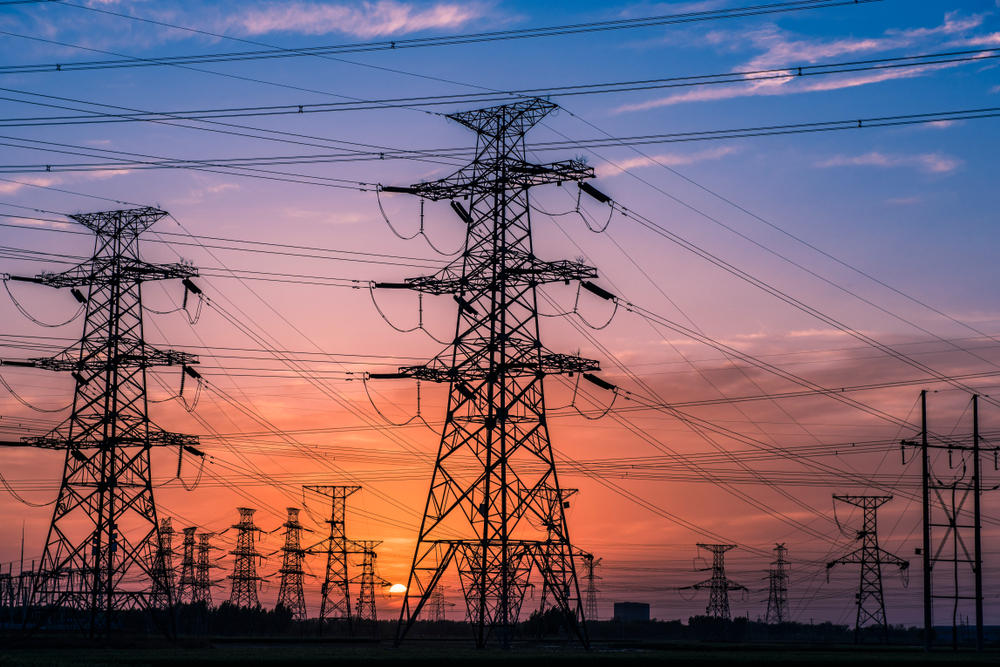The EPA’s proposed expanded Cross-State Air Pollution Rule (CSAPR) program to further reduce nitrogen oxide (NOx) emissions from large industrial sources includes an allowance-based trading program for 25 states. This action is expected to resolve the good neighbor provisions for those states in meeting the 2015 National Ambient Air Quality Standards (NAAQS) for NOx.
The proposed rule could hasten the retirement of several coal-fired plants and threaten the reliability of electrical grids across many states.
Beginning in 2023, the proposed program emissions budgets reductions levels can be achieved through immediately available measures already in place at power plants, according to the EPA. In 2026, the proposed budget levels can be achieved by the installation of modern and cost-effective selective catalytic reduction (SCR) controls at approximately 30% of large coal-fired power plants in the covered states that do not have them now. By 2026, the EPA projects that the program would result in a 29% reduction in ozone-season NOx emissions from power plants in the 25 covered states.
“The Proposed [Federal Implementation Plan (FIP)] threatens available generation capacity in several ways,” the National Rural Electric Cooperative Association comments in response to the EPA’s proposed rulemaking. “Perhaps the most obvious impact … is the forced retirement of an overwhelming 42 [gigawatts (GW)] of capacity … within a short window. The Proposed Rule does not expressly require these retirements. Rather, through the agency’s policymaking approach, it effectively accomplishes this objective. Coal-fired units with capacities of 100 [megawatts (MW)] or greater must install SCR technology by 2026 because they will not have adequate NOx allocations during the ozone season to continue running … installation of SCR technology on smaller emitting units is cost prohibitive. Even if utilities chose to undertake these post-combustion retrofits, the Proposed FIP does not provide adequate time to complete the projects.”
Grid operators, including the Electric Reliability Council of Texas, the Midcontinent Independent System Operator (MISO), PJM Interconnection, and the Southwest Power Pool, pointed out that electrical grid operators already have tightened reserve margins for high-heat, high-demand ozone seasons and jointly urged the EPA to incorporate a “reliability safety valve” in the final rule that would prevent the early retirement of electric generating units (EGUs) critical to grid operation, Utility Dive says.
Although a specific safety valve was not suggested in comments filed, the MISO “proposed letting power plants operate outside the emissions limits for 90 days if a grid operator declares an emergency,” Utility Dive continues. “The EPA could also create a bank of ‘reliability’ allowances that could be used during emergencies. … Utility regulators … said the EPA should provide more time for generators to meet the proposed rule so that replacement power plants can be built.”
The EPA is expected to finalize the proposed rule in March 2023, according to a recent regulatory agenda published by the Office of Management and Budget.

